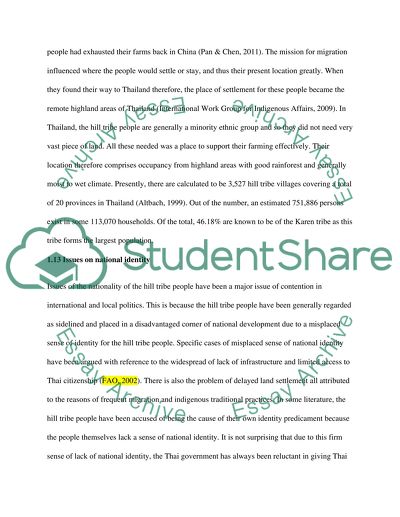Cite this document
(“Teach to Teach project for hill tribes children in northern Thailand, Essay”, n.d.)
Teach to Teach project for hill tribes children in northern Thailand, Essay. Retrieved from https://studentshare.org/education/1487454-teach-to-teach-project-for-hill-tribes-children-in
Teach to Teach project for hill tribes children in northern Thailand, Essay. Retrieved from https://studentshare.org/education/1487454-teach-to-teach-project-for-hill-tribes-children-in
(Teach to Teach Project for Hill Tribes Children in Northern Thailand, Essay)
Teach to Teach Project for Hill Tribes Children in Northern Thailand, Essay. https://studentshare.org/education/1487454-teach-to-teach-project-for-hill-tribes-children-in.
Teach to Teach Project for Hill Tribes Children in Northern Thailand, Essay. https://studentshare.org/education/1487454-teach-to-teach-project-for-hill-tribes-children-in.
“Teach to Teach Project for Hill Tribes Children in Northern Thailand, Essay”, n.d. https://studentshare.org/education/1487454-teach-to-teach-project-for-hill-tribes-children-in.


